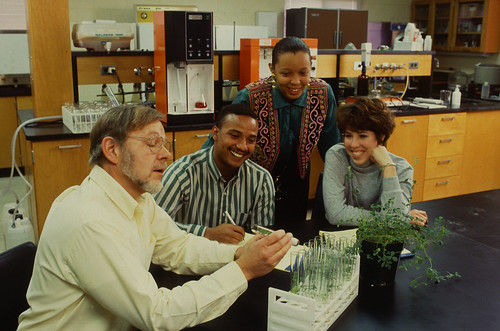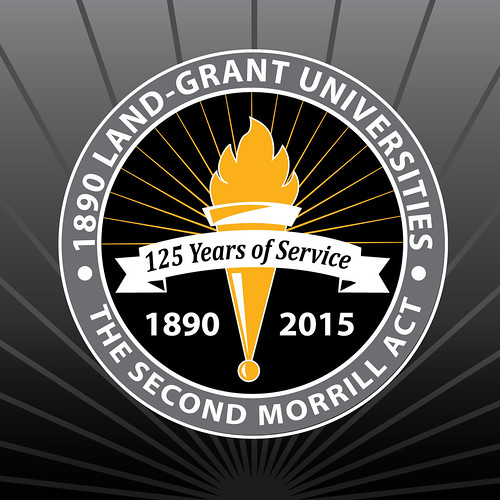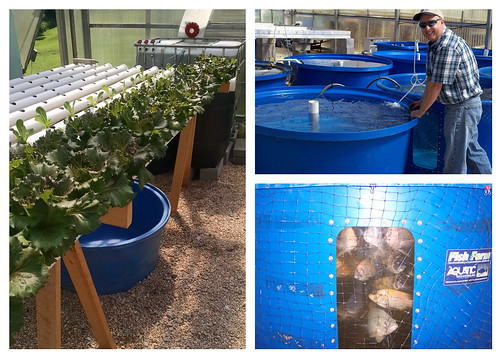This post is part of the Science Tuesday feature series on the USDA blog. Check back each week as we showcase stories and news from USDA’s rich science and research portfolio.
As we look back on 2015, NIFA is also celebrating the partnership we have developed with the nation’s land-grant universities (LGUs), who play a critical role teaching students to meet the high quality, innovative research needs that are vital to the production of our country’s food, fuel, and fiber. USDA’s National Institute of Food and Agriculture provides support to historically black colleges and universities that were designated at as LGUs in the Second Morrill Act in 1890. Grants to these 1890 universities support research, extension, and teaching in the food and agricultural sciences by building the institutional capacities of these schools. Looking back on 2015, here are 5 highlights.
1. 1890s land-grant universities: Providing access and enhancing opportunities
Historically black land-grant universities celebrated the 125th anniversary of the Second Morrill Act in August 2015. There are 19 1890 land-grant universities in 18 states, including Central State University in Ohio, which as established under the 2014 Farm Bill. USDA’s National Institute of Food and Agriculture (NIFA) administers a number of 1890 LGU education grant programs that support projects that strengthen teaching, research, Extension, and facility programs in the food and agricultural sciences.

2. 1890 land-grant university transforms city kid into ag school’s research leader
Like many city kids growing up in Richmond, Va., Carolyn Brooks didn’t know much about agriculture and had never heard of 4-H. That changed quickly, however, at one of the foremost agricultural schools in the country, Tuskegee University, where she said, many people “helped me, guided me, and cared about my success.” Today, Brooks has a Ph.D. in microbiology and is a leader in the 1890 Land-Grant University (LGU) System as the Executive Director of the Association of 1890 Research Directors.

3. An agricultural legacy: Agriculture strides through the generations
Agriculture is in Dr. Antoine J. Alston’s DNA; he’s a third generation 1890 LGU agricultural scholar whose passion for giving back led to the creation of a program that provides students access to educational tools that weren’t accessible before. While drafting his version of the perfect curriculum, he encountered students who lacked transferable credits from their two-year degree programs. Alston wanted them to have the opportunity, so he developed the “2+2: Online Studies program.”

4. Second Morrill Act redux: America’s 1890 land-grant universities academic par excellence
Booker T. Washington. George Washington Carver. Educators par excellence. Pioneers in food and agricultural scientific research. Dedicated their lives to helping “lift the veil of ignorance” by bringing knowledge to African-Americans and others with limited resources. In the 125th year of their founding the family of 1890 LGUs, which includes 19 institutions in 18 states, continues its legacy of innovations; examples of recent innovations are cited.

5. There’s something fishy going on in Petersburg’s food desert
In the midst of a food desert, Virginia State University (VSU) Cooperative Extension is teaching students how to create and operate sustainable urban farming, and helping feed the community while they’re doing it. VSU purchased a large empty warehouse in downtown Petersburg and converted it into an aquaponics production center where they raise fish and grow plants in nutrient-rich water. The indoor urban farm produces vegetables, herbs, and protein year-round and with a minimal environmental footprint.

